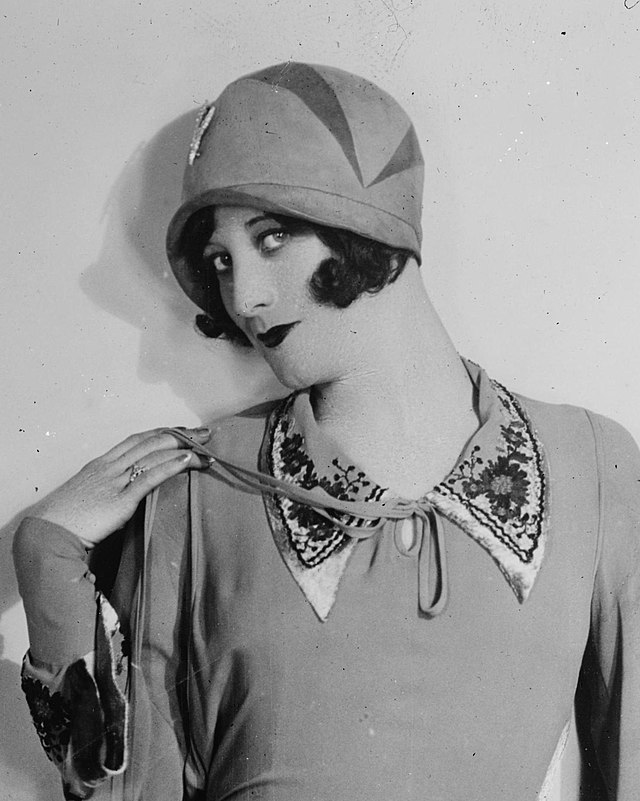
The debonair young woman at the bar is dressed in the shapeless shift and costume jewels of the current fashion, the centerpiece of her look accentuating the illicit cocktail balanced against her index finger–a large, flamboyant, expensive ring.
She wants you to see those massive gemstones because they say that she is self-sufficient. She bought them with money she earned herself. It was her choice to buy that ring, just like it is her choice to dress how she likes, to drink what she wants, and to dance until the sun rises.
You’ve seen this picture in a dozen movies, books, and magazines before–a classic flapper with her most prized possession, the cocktail ring.


The cocktail ring rose to prominence at the convalescence of the 19th Amendment and the National Prohibition Act, just at the tail end of World War I. Suddenly, millions of American women who had been working during the war could vote and in the face of Prohibition, that new freedom ushered in a wave of rebellion. These women had money to spend, newfound freedom to flaunt, and the clandestine speakeasies of the Prohibition era were the perfect place to show off. The cocktail ring thus emerged as a means to flaunt that wealth and independence.
Cocktail rings in the early 20th century were most often characterized by a large, colorful center gemstone with a geometric modern cut, accentuated lavishly by many smaller gems. So as to not be confused with engagement rings, they were worn on the index finger of the right hand, the same hand with which one would drink their cocktails. Some women went so far as to match their rings to the vibrant colors of their favorite cocktails. The larger and more ostentatious the ring, the more clearly well a woman must be doing for herself.


Cocktail ring sales took a nosedive during the ensuing economic crash, at which point, the cocktail ring became more closely associated with wealth than womens’ suffrage. After the Prohibition Act was repealed in 1933, these rings lost a bit of their rebellious spirit. They rose to prominence a second time after World War II for much of the same reasons as the first–America was prospering again, women were working again–and they remain popular to this day, though these rings have dramatically evolved in style.
Modern cocktail rings are not as strictly defined as their vintage predecessors. These days, any bold style short of an engagement ring is considered a cocktail ring, no matter the size, number of stones, color, or price tag.



What is in the Cocktail Ring Spotlight?
At Potter USA, the majority of our hub collections come from the 20th century and nearly every jewelry company at the time tried their hand at making these rings. Among others, our Cocktail Ring Spotlight will heavily feature three major companies from the 20th century: Waite Thresher, Breuning, and the Beaucraft Corporation.
Waite Thresher was founded sometime around 1915 as a ring, brooch, and thimble company. As a thimble company, Waite Thresher specialized in detailed piercework, which translated beautifully to filigree rings.
Breuning was founded in 1928 in Pforzheim, Germany and continues to be a leading ring manufacturer to this day. Breuning’s cocktail rings were characterized by stern, geometric borders and large, modern-cut gemstones.
Around the same time, the Beaucraft Corporation made extravagant, asymmetrical rings with just as much flare and even more sparkle. Beaucraft has a small series of rose rings decked with so many diamond settings that it borders on cheesy in that charming way so much jewelry from the 1980s does.
Written by Aeden Soland
